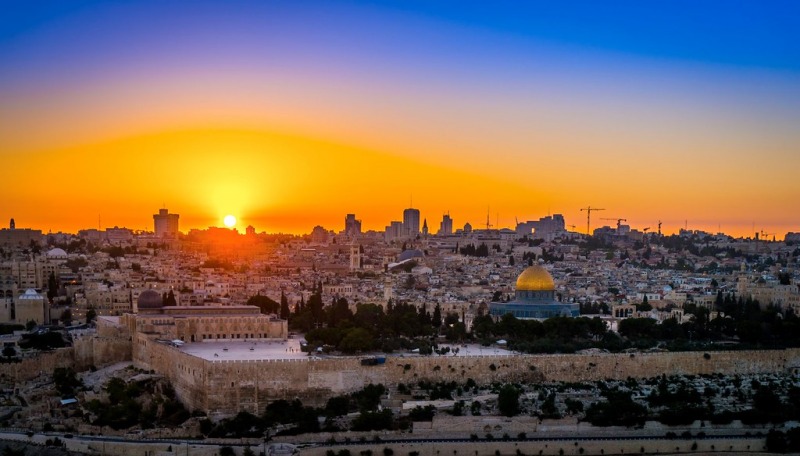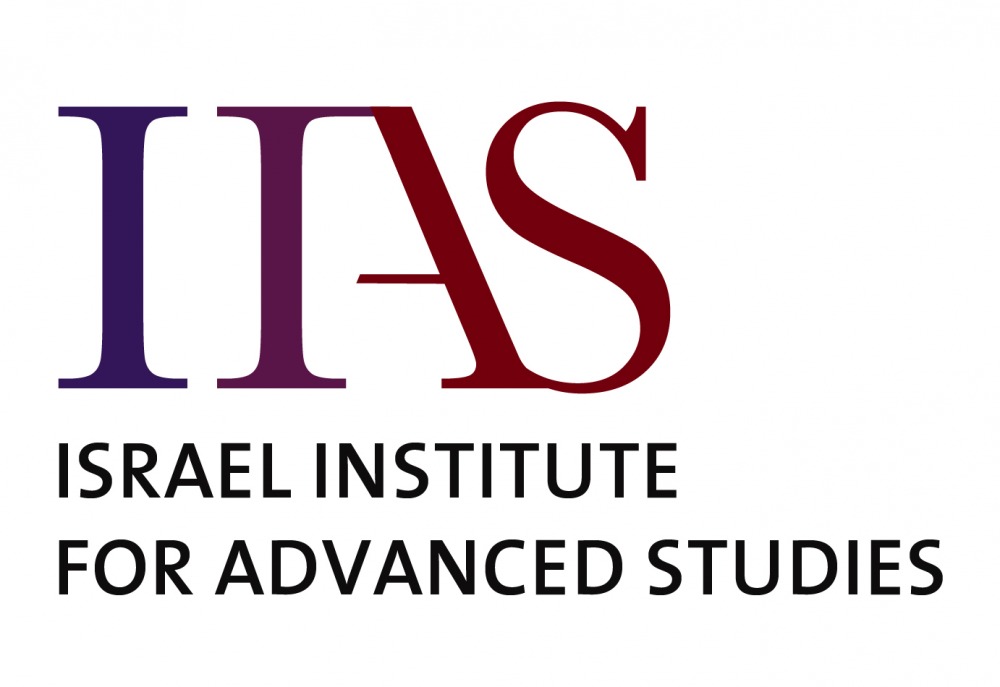
ORGANIZER:
Bianca Kühnel, The Hebrew University of Jerusalem
The study of Jerusalem in the representational arts has gained considerable momentum over the past twenty years. Differentiations that used to be made between earthly and heavenly, real and ideal, are no longer satisfactory. As the corpus of Jerusalem representations gains in volume, they reveal an extraordinary, at times contradictory complexity. They also reveal increased relevance for the study of neighboring disciplines such as comparative religion, theology, literature, and cartography. On the one hand, Jerusalem images defy categorization; on the other, they cry out for overall (re)consideration.
The current extraordinary revival of Jerusalem studies in the world faithfully mirrors the new awareness of the scholarly potential of the topic, one of the most multifarious in the history of human thought. The special emphasis on the visuality of Jerusalem reflects the prominence achieved over the past twenty years by visual studies in the scholarly world and their impact on studies traditionally centered on the word. Promoted by digital technologies, the proliferation of images has led to rethinking and revision of disciplines susceptible to adopting images as their main arsenal of sources. These primarily include humanistic disciplines such as art history, history, literature, and philosophy, but also natural sciences. This development, revolutionary in scope, has played a leading role in the revival of Jerusalem imagery. The wealth and diversity of Jerusalem visual representations in Jewish, Christian, and Islamic art, in minor and monumental media, from Late Antiquity to the present, offer an especially apt framework to explore new approaches inspired by the new theoretical thinking accompanying the visual turn we are all experiencing. It is only by creating large forums for debate and discussion, as the conference will aim to do, that the visuality of Jerusalem can become a valuable source for the study of the city that played and still plays a crucial role as the meeting point of the three world religions; Judaism, Christianity, and Islam.
The renewed interest in the visuality of Jerusalem all over the learned world is manifested by the many gatherings and symposia organized over the past few years or planned for the near future. It is particularly appropriate for Jerusalem itself to take the lead in defining new scholarly paths for the visual study of Jerusalem.
The conference was initiated by the European Forum at The Hebrew University, with the support of the Israel Institute for Advanced Studies at The Hebrew University, the Israel Science Foundation, and the ERC (European Research Council), as well as the assistance and support of a number of foreign embassies in Israel.

